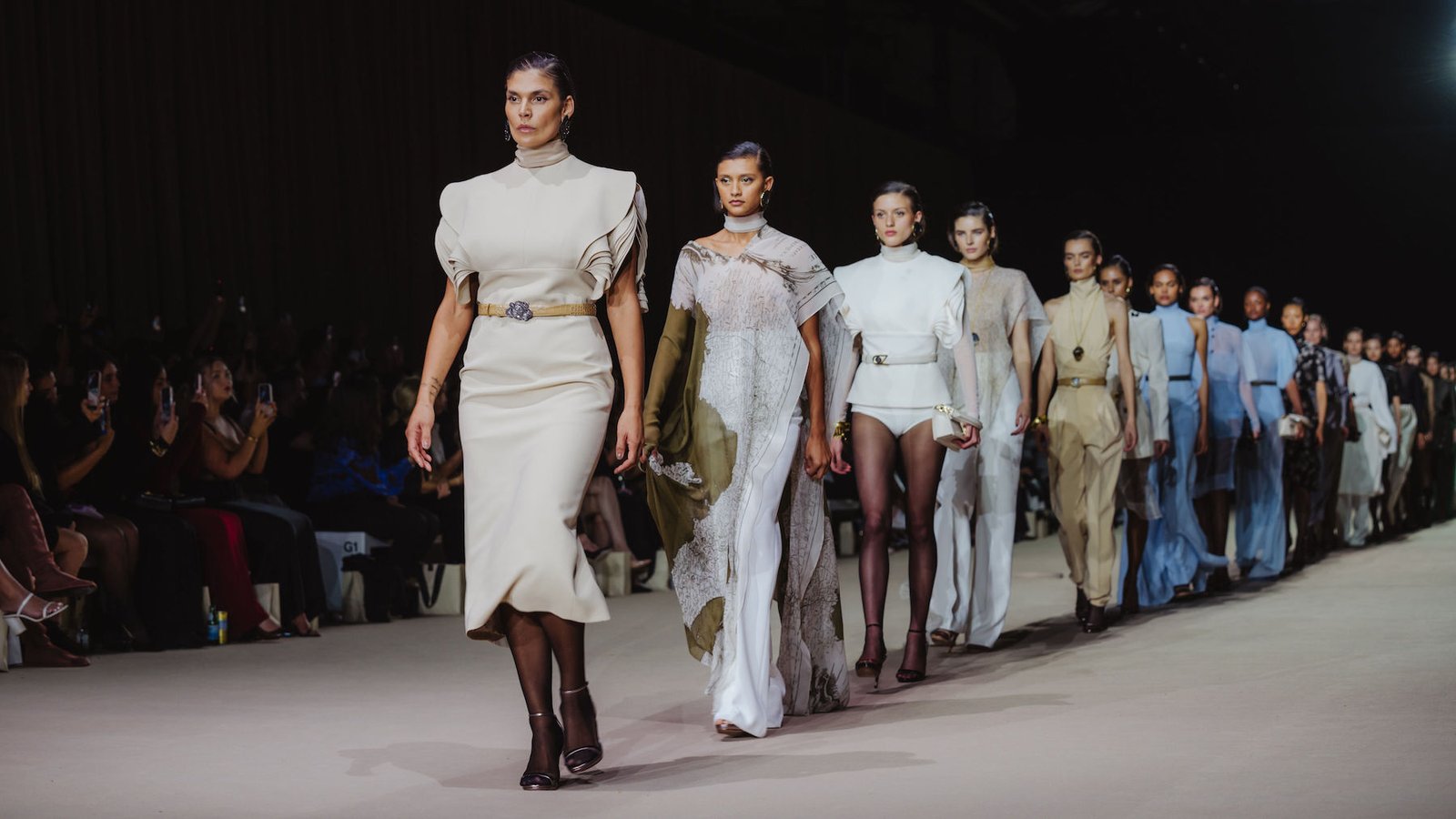Fashion transcends clothing; it is an act of expression, an indicator of culture, and a mirror for society’s values in any given time and location. Fashion encompasses what people wear and how they style themselves as it changes over time depending on culture, location and other influences – it spans from draped garments worn during ancient civilizations all the way up to digital runway shows today – fashion has always been in motion!
At its heart, fashion is about identity. What we choose to wear can tell a powerful tale: reflecting our mood, profession, social status or cultural background. In many ways fashion acts as a silent language which communicates volumes without words being spoken aloud – from Indian traditional saris through classic suits in New York or Tokyo streetwear; fashion plays an integral part in how we present ourselves to the world.
Fashion has long been seen as an indicator of historical change. In the 1920s, flapper dresses became symbolic of women’s increasing independence after World War I; during the 60s and 70s bold prints and unisex styles emerged that supported countercultural movements while emphasizing freedom and individualism; later still the 2000s saw social media’s powerful digital influence change the ways trends were established and followed.
Fashion’s dynamic nature can be easily seen through its circularity: trends from past decades often return, such as bell-bottom jeans from the 70s, neon from 80s, chokers from 90s all making comebacks with modern touches – this recycling of styles highlights fashion’s dynamic dialogue with both its past and its present while breaking boundaries for its future.
Modern globalized society makes fashion accessible and diverse more than ever before, due to the digital revolution which has transformed how consumers consume fashion products and fashion shows alike. Online shopping, influencer marketing campaigns and virtual fashion shows enable brands to reach global audiences quickly while platforms such as Instagram and TikTok play an invaluable role in setting trends and democratizing fashion; anyone with access to an iPhone has the ability to impact style trends!
Sustainability has quickly become an increasing focus for fashion businesses. Fast fashion – mass produced clothes produced at low costs to meet current trends – has long been criticized for its environmental and ethical ramifications, prompting many brands to turn towards eco-friendly materials, ethical labor practices and circular design principles. Consumers too have become more mindful in opting for quality over quantity shopping options while opting for second hand stores, upcycling clothing collections or creating minimalist wardrobes.
Fashion also touches upon issues of inclusivity and representation, particularly within its advertising platform. Recently there has been an upsurge in calls for greater diversity on runways and ads; gradually models representing various body types, ethnicities, gender identities and disabilities are making appearances on catwalks and ads alike; reflecting an awareness that beauty does not fit one mold alone.
Technology has transformed modern fashion. From 3D-printed garments and AI-generated designs, innovation is revolutionising creative processes. Virtual clothing for avatars and augmented reality fitting rooms have emerged as exciting ways of experiencing fashion; not only are these advances improving consumer experiences but they may reduce waste while streamlining production as well.
Fashion is an evolving blend of art, culture, commerce and technology that represents who we are and our path forward. Fashion remains an effective form of expression both high fashion and casual wear; always evolving while remaining true to its core purpose: self-expression. As society changes so will fashion–reinventing itself while always remaining true to itself as self-expression medium.



